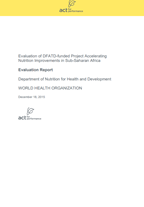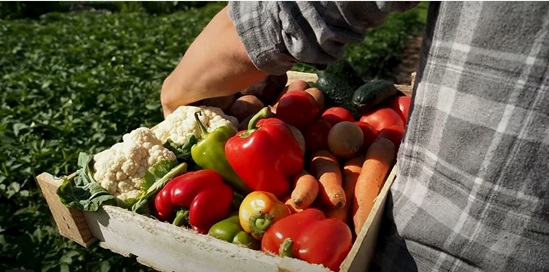Health worker using an electronic surveillance system in a health facility, Mogadishu, Somalia, 2021.
Strengthening nutrition surveillance
Data from administrative health information systems help fill critical gaps in national monitoring efforts of nutrition indicators. This detailed and timely data allows for real-time monitoring of nutritional status to identify areas with high malnutrition, assess coverage of nutrition services and generate regular snapshots for analysis, planning, development, execution and course correction of nutrition services and evidence-based programmes.
WHO works closely with Member States and stakeholders, including the ministry of health and national statistics offices, to collect nutrition data from multiple sources such as national surveys and sentinel sites.
Since 2013, WHO has been supporting countries to integrate nutrition indicators into the national health management information systems (HMIS). Projects like Accelerating Nutrition Improvements in Sub-Saharan Africa (2013-2016), funded by the Canadian Cooperation, and the European Union funded project, Strengthening Nutrition Information System (2020-2025), have enabled Member States to develop robust administrative systems. These systems strengthen data collection, analysis, reporting and use, ultimately improving decision-making for better nutrition outcomes.
In parallel, WHO has supported nutrition information systems (NIS) in specific settings to improve access to health and nutrition – “leaving no one behind”. Between 2021 and 2024, the Pastoral project was implemented along the Ethiopia-Somalia border reaching mobile populations through innovative technology. Working with both governments, WHO helped develop a District Health Information System 2 (DHIS2) tracker piloted in selected sites as a field-friendly digital tool. The tracker monitors nutritional status and facilitates service delivery such as the management of acute malnutrition by integrating data directly into the primary health-care system.



